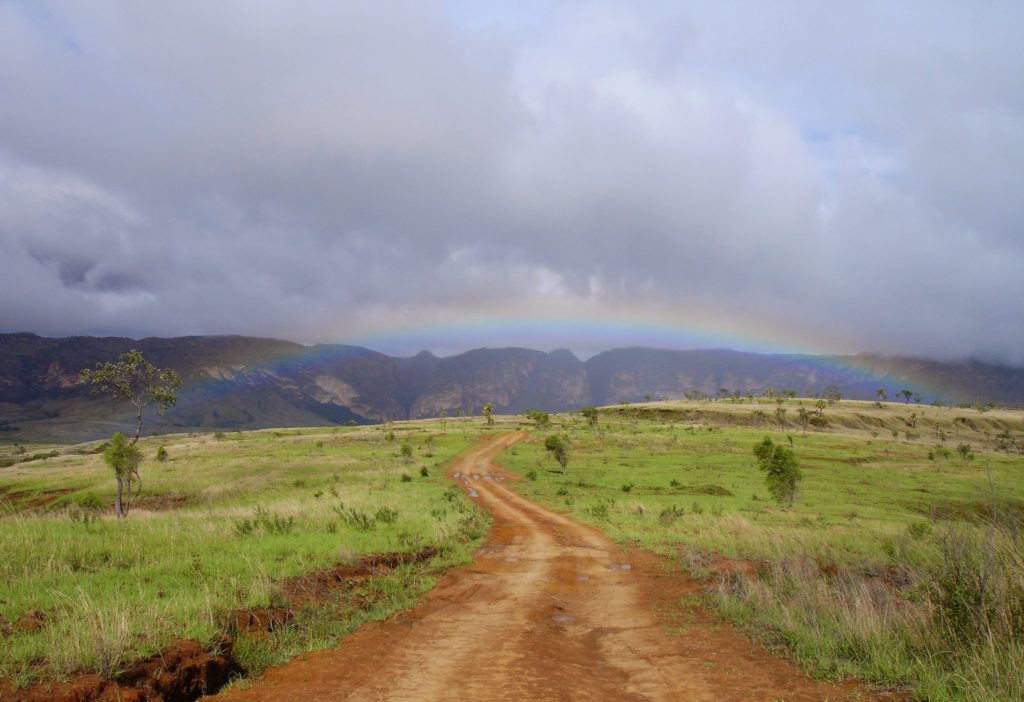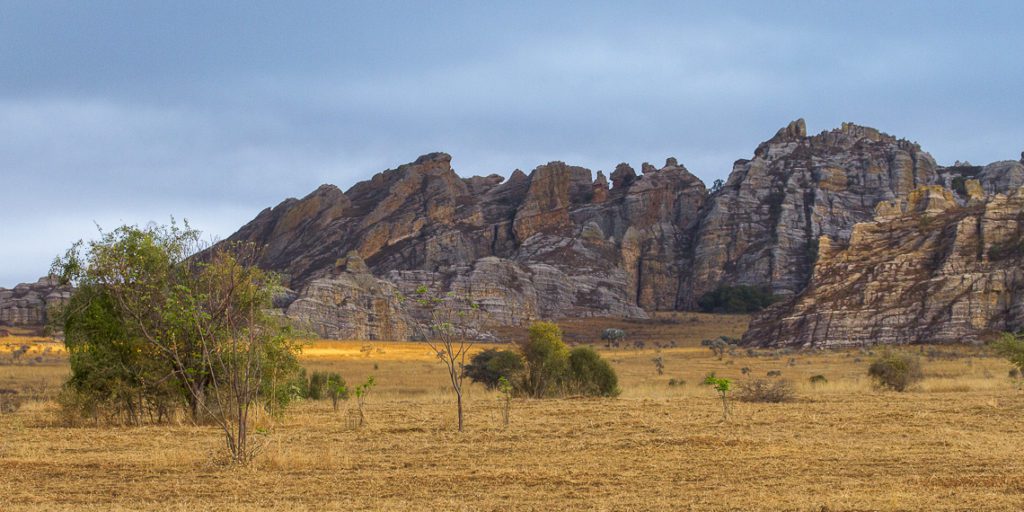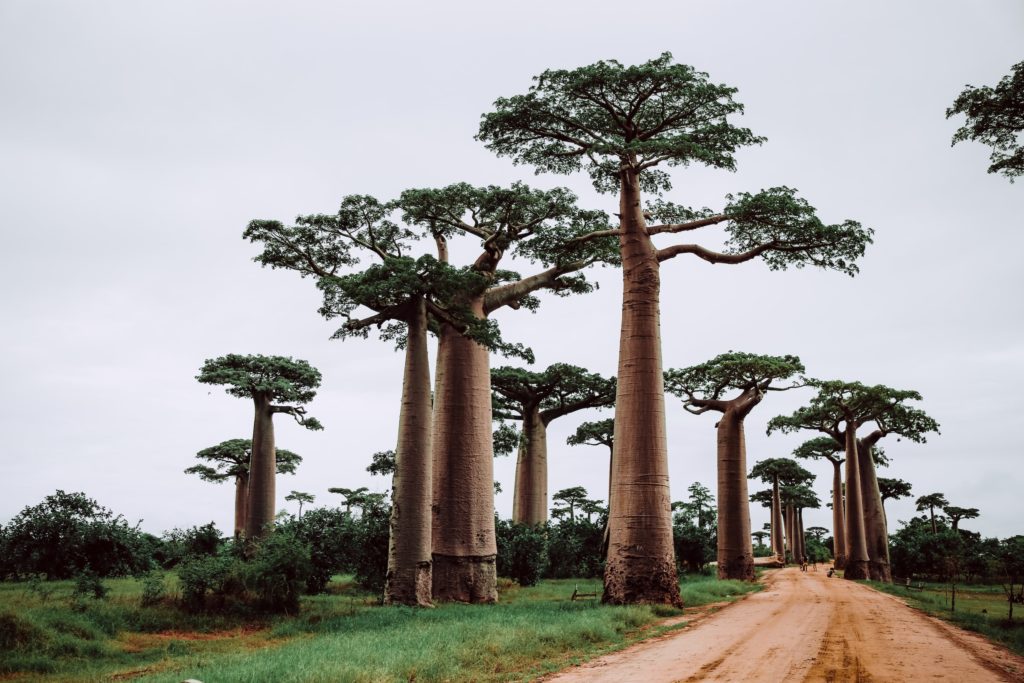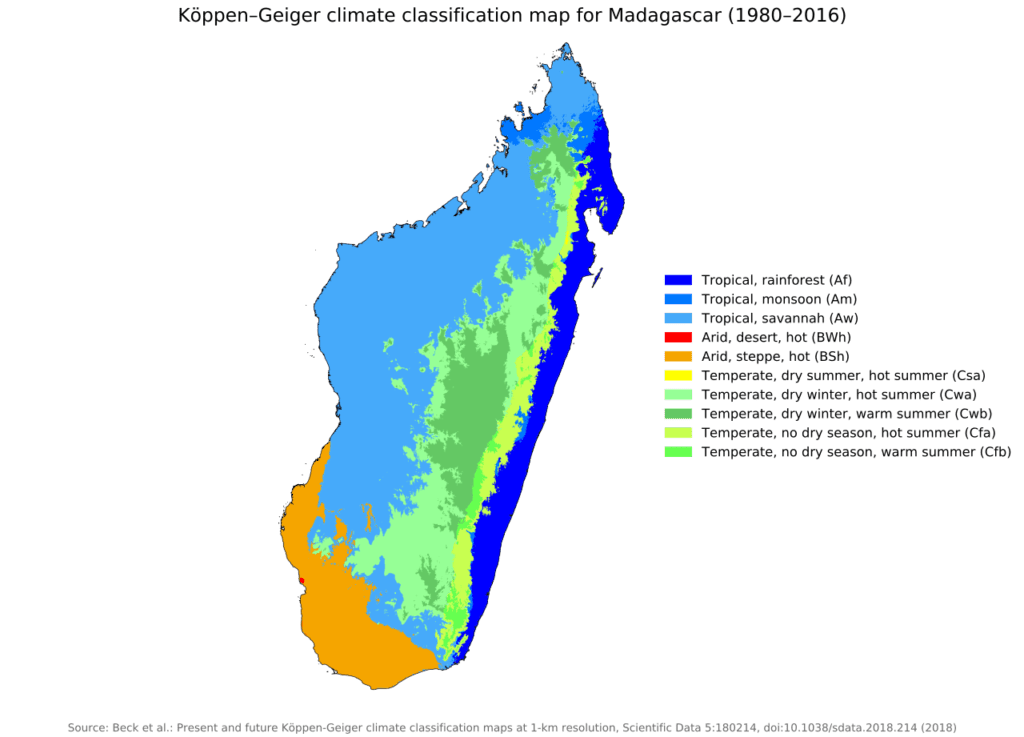Madagascar Grasslands
Madagascar… land of forests and lemurs and definitely not mostly grassland, right? Wrong. Welcome to another case of grassland erasure as we try to set the record straight on the wonderful, beautiful grasslands that blanket this tropical island. We even highlight a very special tree!
Madagascar Central Highlands
Madagascar is the fourth largest island in the world (behind Greenland, New Guinea, and Borneo) and is well-known for its lush forests. What few know is that 65% percent of it is actually covered in grasslands. The East coast of Madagascar holds the infamous rainforests of the island, while the middle and West coast are primarily savannah grasslands.
Does Madagascar have natural grasslands or degraded forest?
There is quite a bit of controversy on how old Madagascar’s grasslands are. Research exists that strongly supports these grasslands not only predating humans but being full of unique species of grasses. One paper found 541 species of grasses on Madagascar of which 216 species were considered endemic meaning they are found no where else in the world. Could such a diverse ecosystem be anything but ancient and natural? It is thought that ancient megafauna such as pygmy hippos and giant tortoises once grazed on these grasslands. Today, it is mostly cattle and controlled fire keeping out the trees.
Critics of Madagascar’s grasslands can be harsh, insisting that the open spaces here are actually degraded forests that were cleared by humans. One such critic had this to say: “The Highlands of Madagascar form one of the bleakest landscapes in the non-arid tropics: devoid of native trees or animals, scarred by relentless erosion, and covered in floristically impoverished grasses.” Other critics have directly put out published articles calling into question earlier articles by scientists praising Madagascar’s grasslands. While some pieces of these grasslands have certainly become farmland large pieces still remain beautifully intact.



Much of the Central Highlands region is crisscrossed by streams, gouging deep ravines into the grasslands here. Other parts of Madagascar are flat plains covered in grasses and small trees.
Madagascar's Baobab Tree
A very special tree that calls Madagascar savannahs home is the baobab tree. There are eight species total with six growing in Madagascar, two in Africa, and one species all the way over in Australia (though no one knows how it got there). These Seussian trees are very unique and are capable of living thousands of years. As the tree grows cavities naturally form in the middle of them providing shelter for wildlife and people. The Sunland Baobab in South Africa was so large that it was actually turned into a bar in 1993 before a storm in 2017 destroyed the tree. This giant was 22 meters (72 feet) tall and 47 meters (154 feet) around its base. Other baobabs have historically been used for stables or even jail cells.
Baobabs in Trouble
Despite being extremely hardy trees capable of surviving drought or even elephants peeling off their bark, baobabs are dying. Many ancient trees over a thousand years old have died in the last twenty years. Scientists are stumped as to why, though climate change is a likely answer. Those who research these trees liken them to a “canary in a goldmine”, warning us of trouble to come.

It is likely that some of the confusion around Madagascar’s grasslands stems from the ambiguous terms of “open canopy forests” or “savannah”. Although many grasslands are wide open plains with zero trees savannahs often have many trees. These trees are an important part of the ecosystem and just because there are trees in a space doesn’t mean that the entire area should be thickly forested. The controversy over these precious grasslands will likely not end soon, but hopefully we can preserve them for generations to come.
Sources/Further Reading:
- Vorontsova, M. S., Besnard, G., Forest, F., et al. 2016. Madagascar’s grasses and grasslands: anthropogenic or natural? Proceedings of the Royal Society B. 283: 20152262.
- Solofondranohatra, C., et al. 2020. Fire and grazing determined grasslands of central Madagascar represent ancient assemblages. Proc. R. Soc. B.28720200598.
- Gade, D. 1996. Deforestation and its effects in highland Madagascar. Mountain Research and Development, Vol. 16, No. 2.
- Petruzzello, M. Baobab. Encyclopedia Britannica.
- Venter, S. The Little Big Baobab Book. Baobab Foundation.
- Nadia Drake. 11 June 2018. “Africa’s Oldest Trees Are Dying, and Scientists Are Stumped”. National Geographic.
- Madagascar National Parks website.
Did you spot an error or have questions about this post? Email Nicole Brown.

